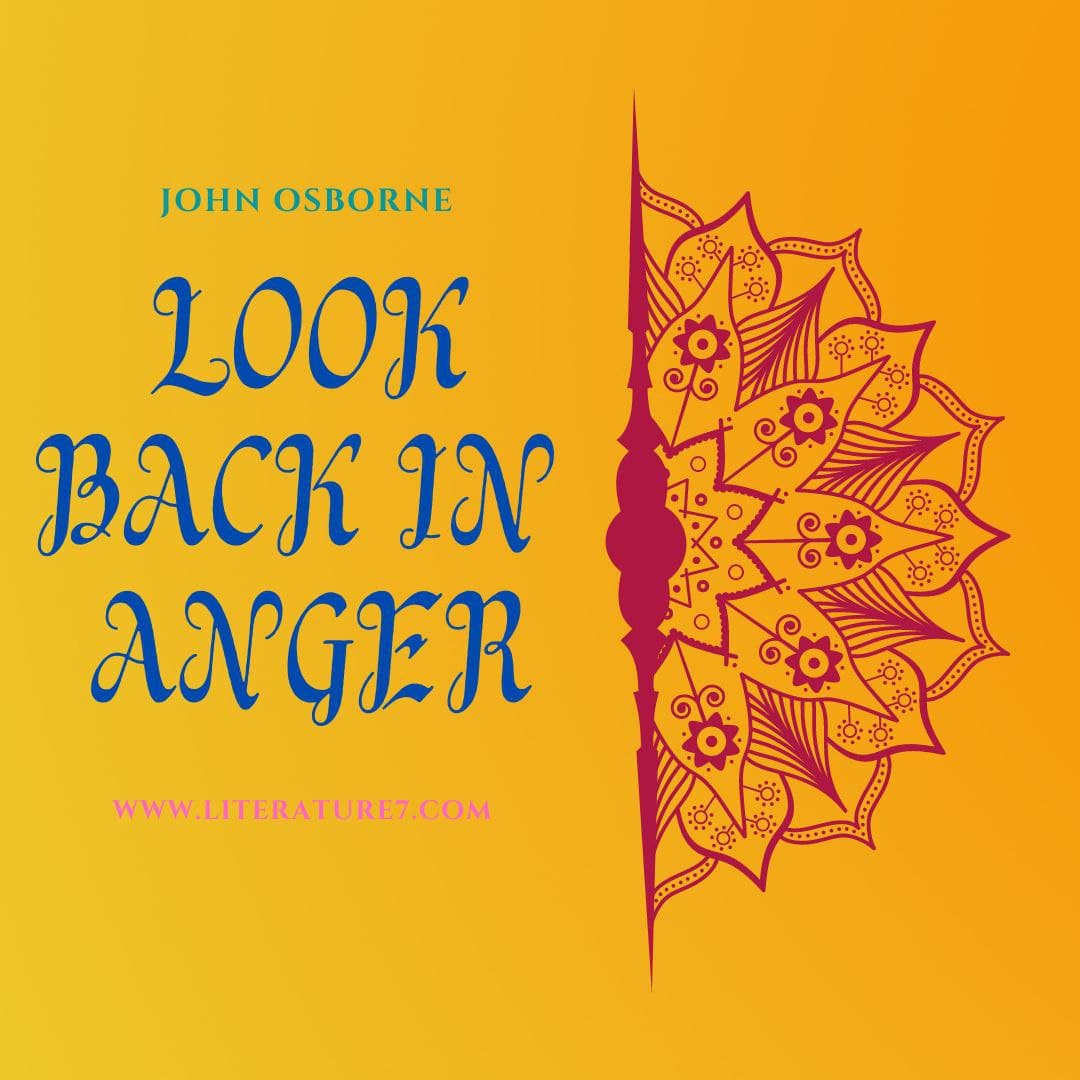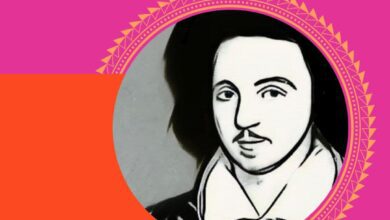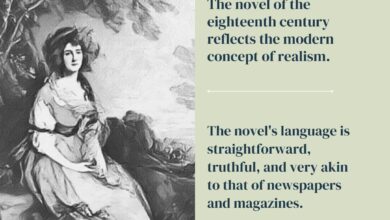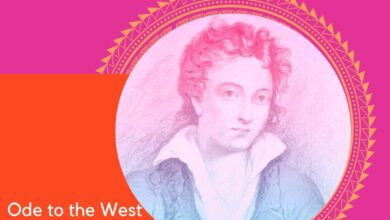John Osborne Look Back in Anger | Short Notes

John Osborne remains a brilliant figure in the history of modern British drama, even though his plays lack mainstream appeal. These plays, especially his imposing Look Back in Anger, are set during the unhappy post-war period, with the gradual decline of British imperialism and political influence and rising economic tensions and dissatisfaction. His plays are based on widespread discontent with social injustice and the futility of so-called state welfare schemes.
The decline of the human spirit and a lack of cohesiveness in social life form the dramatist’s outlook on Osborne. He appears to be fundamentally revolutionary and protestant against the existing norms and coders of this passage. On the other hand, Osborne’s strategy is fairly traditional, with the expected dramatic action, suspense, personal conflict, and inner contradictions. However, it is discovered that he poured new, extremely contentious thoughts and discussions on culture, sex, morality, and individual relationships into such a traditional theatre.
Read more Discuss the evolution of english poetry from Sir Thomas Wyatt to Edmund Spenser
This is amply demonstrated in Osborne’s most well-known play, Look Back in Anger, which premiered in 1956. The play’s influence is unquestionably attributable to its substance, not to any new form or technique. In Jimmy Porter’s tiny one-room apartment, the action takes place, which, considering his university degree, is to run a sweet water stall with his working-class friend Cliff. After courtship, he married Alison, a young woman from a traditional upper-class family, despite her parents’ opposition. Jimmy is enraged, rather than bored, by his personal state and the monotony of the surrounding situation. He is at war with everything he sees and defies.
He delivers entertaining tirades out of indignation and disgust, addressing both the shortcomings of his own class and culture and the advantages and wrongs of his wife’s class, which he refers to as the establishment, with all its pieties and promises. In the midst of rage and outbursts, confusion and confrontation, embarrassment and breakup, the couple reconciled in the same state. The action concludes where it started, evoking the circular nature of play. With the ironing board and endless ironing, the piles of Sunday newspapers and the rush of feedback, and the toys-bear and squirrel, the play has a lot of modern drama’s symbolism.
The Entertainer (1957) is Osborne’s second-best play, while Luther (1961) expresses his social protest more expressively. ‘A Patriot for Me’ (1965), ‘Inadmissible Evidence’ (1964), and ‘A Bond Honored’ (1964) are among his other works. These plays are manifestations of his dramatic experiments, which have met with varying degrees of success.





